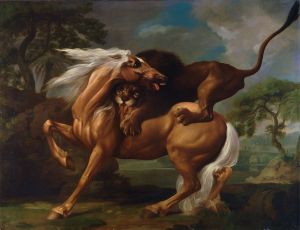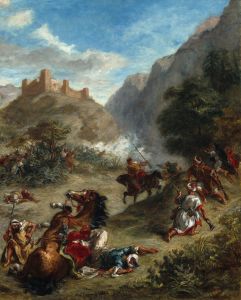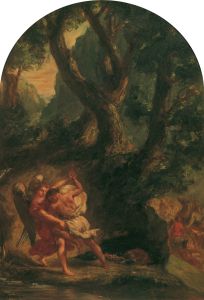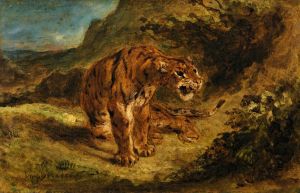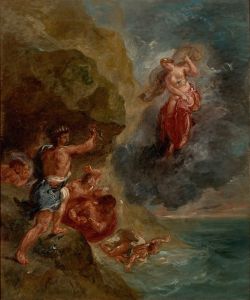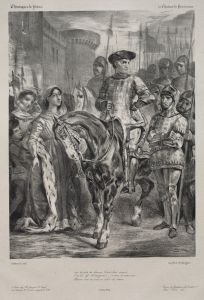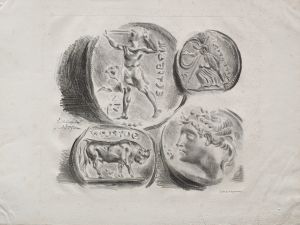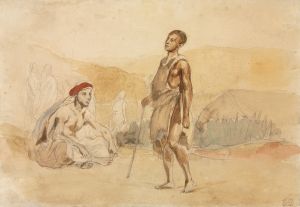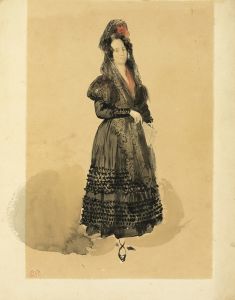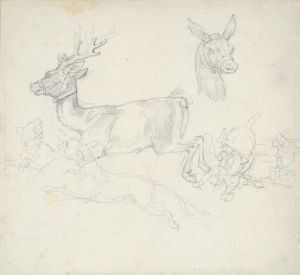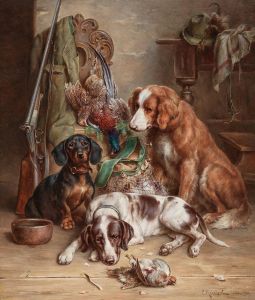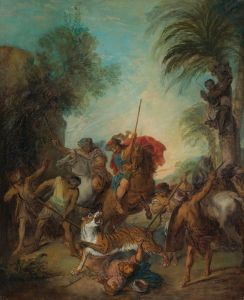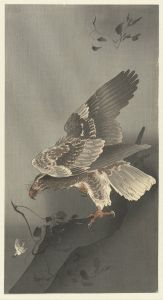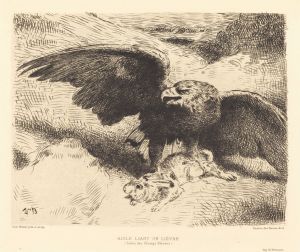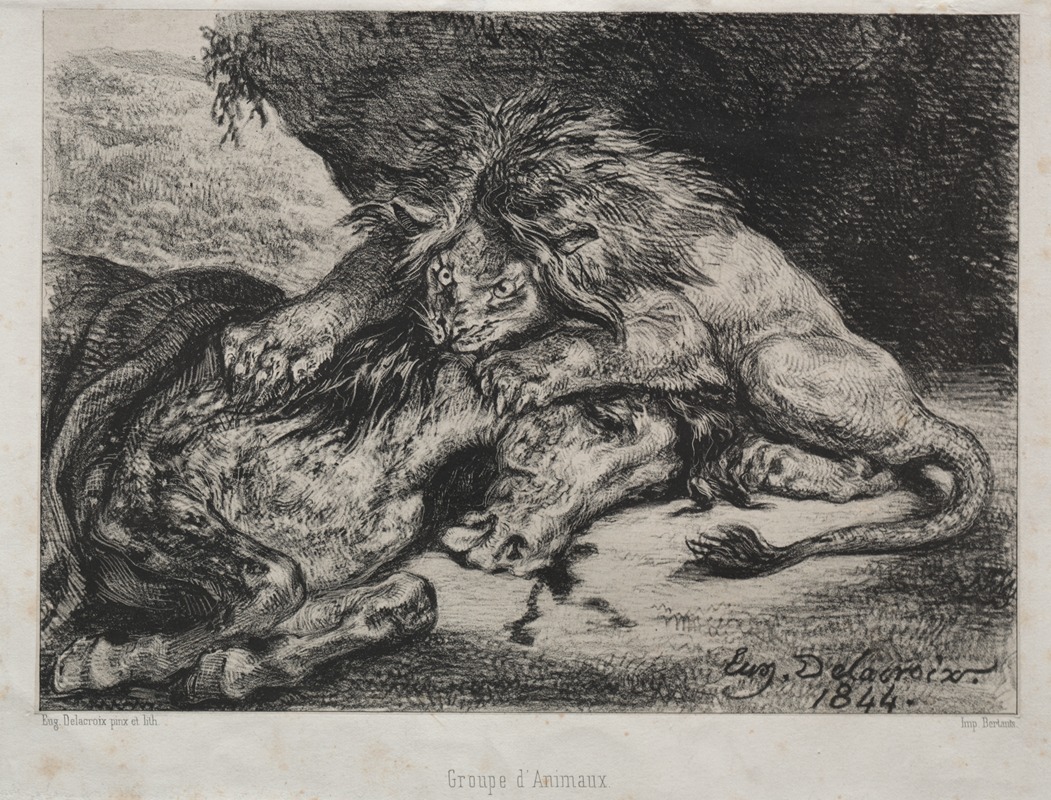
Lion Devouring a Horse
A hand-painted replica of Eugène Delacroix’s masterpiece Lion Devouring a Horse, meticulously crafted by professional artists to capture the true essence of the original. Each piece is created with museum-quality canvas and rare mineral pigments, carefully painted by experienced artists with delicate brushstrokes and rich, layered colors to perfectly recreate the texture of the original artwork. Unlike machine-printed reproductions, this hand-painted version brings the painting to life, infused with the artist’s emotions and skill in every stroke. Whether for personal collection or home decoration, it instantly elevates the artistic atmosphere of any space.
"Lion Devouring a Horse" is a painting by the renowned French Romantic artist Eugène Delacroix. Delacroix, born on April 26, 1798, in Charenton-Saint-Maurice, France, is celebrated for his vibrant use of color and expressive brushwork, which played a significant role in shaping the Romantic movement in art. His works often depicted dramatic and emotive subjects, drawing inspiration from literature, history, and nature.
The painting "Lion Devouring a Horse" exemplifies Delacroix's fascination with the raw power and violence found in the natural world. This theme of predatory animals was a recurring subject in his oeuvre, reflecting his interest in the primal forces of nature and the struggle for survival. Delacroix was known to have been inspired by the works of earlier artists such as Peter Paul Rubens, who also explored similar themes of animal ferocity and dynamic movement.
In "Lion Devouring a Horse," Delacroix captures a moment of intense action and drama. The composition is dominated by the figure of a lion, its powerful body poised over the fallen horse. The lion's muscles are taut, and its jaws are open wide, emphasizing the ferocity of the attack. The horse, in contrast, is depicted in a state of helplessness, its body contorted in a final struggle. Delacroix's use of color and light enhances the emotional impact of the scene, with bold contrasts and dynamic brushstrokes that convey a sense of movement and urgency.
Delacroix's interest in such dramatic scenes was partly influenced by his visits to the Jardin des Plantes in Paris, where he observed animals in the menagerie. These visits provided him with the opportunity to study the anatomy and behavior of wild animals, which he skillfully incorporated into his paintings. His sketches and studies from life informed his ability to depict the tension and energy of animal interactions with remarkable realism and intensity.
The painting also reflects the broader Romantic fascination with the sublime and the exploration of themes that evoke awe and terror. Delacroix's work often sought to capture the emotional extremes of human and animal experiences, challenging viewers to confront the darker aspects of nature and existence.
"Lion Devouring a Horse" is a testament to Delacroix's mastery of composition and his ability to convey powerful narratives through his art. The painting remains an important example of Romantic art, illustrating the movement's emphasis on emotion, individualism, and the exploration of the natural world.
While specific details about the creation and current location of "Lion Devouring a Horse" are not extensively documented, Delacroix's influence on the art world is well-recognized. His innovative techniques and thematic choices continue to inspire artists and captivate audiences, securing his legacy as one of the leading figures of the Romantic movement.





